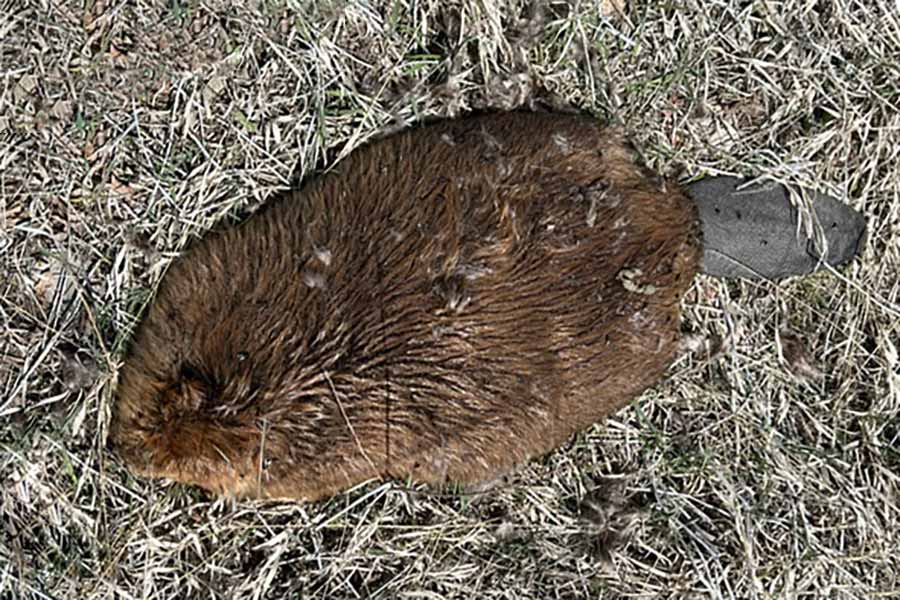DWR confirms beavers killed by disease; urges public to report any dead beavers
Salt Lake City — Nine beavers were found dead over the last few weeks in Summit, Wasatch and Utah counties. Three were tested and found to be positive for a disease called tularemia, which can also affect humans. The Utah Division of Wildlife Resources is asking the public to take caution by not touching the animals and to report any dead beavers to DWR officials.
The beavers were found in the following locations:
- Five dead beavers were discovered near the Swaner Preserve & EcoCenter by preserve staff between March 23 and April 2. All five beavers shared one beaver lodge at the preserve.
- Another dead beaver was found near Midway on April 5 by a DWR fisheries crew.
- Two additional beavers and a vole were found dead near the Jordanelle Dam on April 8.
- Another dead beaver was discovered in the Birdseye area of Utah County on April 10.
The carcasses of two beavers discovered at the Swaner Preserve & EcoCenter, the beaver discovered at Midway, and the beaver found near Birdseye were all submitted for disease testing to the Utah Veterinary Diagnostic Lab and the Utah Public Health Lab. All three tested positive for tularemia.
"The bacteria that causes this infection is known to be in the environment in many parts of Utah; however, it is unusual to see this many animals die from it at once," DWR Veterinarian Ginger Stout said.
Tularemia — also known as rabbit fever, hare plague and deerfly fever — is caused by a bacteria and is an acute, fatal infectious disease of rabbits, hares and other rodents, including beavers. The disease is present throughout North America and is transmitted:
- Through the bite of a tick or deerfly
- By direct contact with blood or tissue from infected animals
- By ingestion of contaminated water or undercooked rabbit or hare meat from an infected animal
Humans are susceptible to tularemia, and human cases typically result from the bite of a tick or deerfly in the summer or when someone handles infected animals harvested during hunting or trapping seasons. The disease can be life-threatening for people if not treated quickly, but most infections can be treated successfully with antibiotics, according to the Centers for Disease Control and Prevention.
"There is a concern about the possibility of tick-borne or fly-borne diseases, so it's advised to take the necessary precautions by wearing protective clothing, using appropriate insect repellent and checking for ticks after being in brushy areas," Stout said.
Anyone who sees dead rabbits, beavers or other rodents should not touch the carcasses and should report them to their nearest DWR office.
The last confirmed case of tularemia killing wildlife in Utah was in 2017 with a cottontail rabbit in the Kanab area.
Find more information about tularemia on the Utah Department of Health & Human Services website.

















